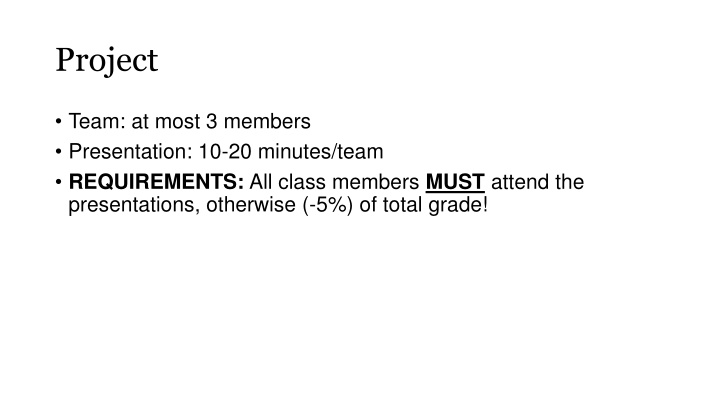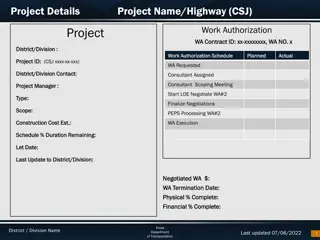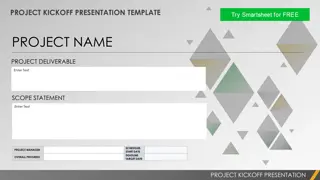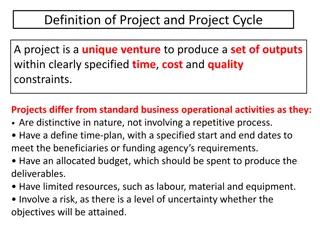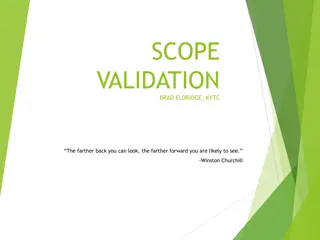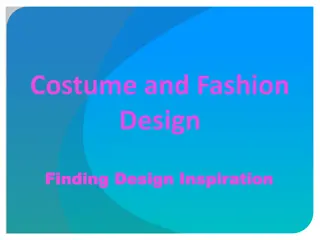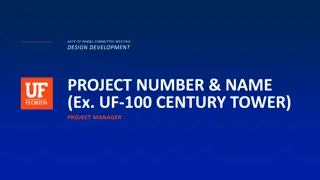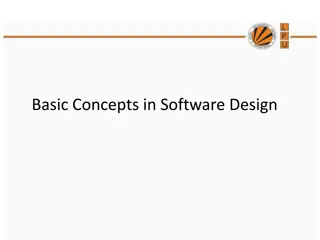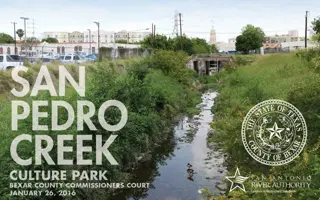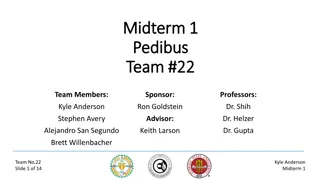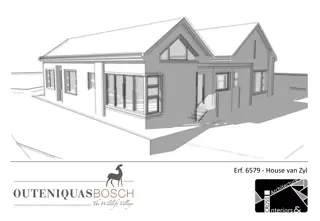CS105: Website Design and Development Project Presentation Details
In CS105, students are required to form teams of up to 3 members to design and present a website covering its function, target users, specialties, and more. The project includes creating sample static and dynamic web pages using HTML, CSS, and JavaScript. The evaluation criteria encompass slides design, presentation skills, and webpage design. Furthermore, attendance, homework, exam, and project/presentation carry specific weightage in the grading process.
Download Presentation

Please find below an Image/Link to download the presentation.
The content on the website is provided AS IS for your information and personal use only. It may not be sold, licensed, or shared on other websites without obtaining consent from the author.If you encounter any issues during the download, it is possible that the publisher has removed the file from their server.
You are allowed to download the files provided on this website for personal or commercial use, subject to the condition that they are used lawfully. All files are the property of their respective owners.
The content on the website is provided AS IS for your information and personal use only. It may not be sold, licensed, or shared on other websites without obtaining consent from the author.
E N D
Presentation Transcript
Project Team: at most 3 members Presentation: 10-20 minutes/team REQUIREMENTS: All class members MUST attend the presentations, otherwise (-5%) of total grade!
Presentation slides Design a website and use a presentation slides to show: 1. what is the function of this website? 2. why you want to design this website? 3. what are the targeting users? 4. what are the specialties of your website? 5. etc.
Presentation slides Implement sample webpages: At least one static webpage of your choice (use HTML+ CSS) At least one dynamic webpage of your choice (use JavaScript)
Evaluation The evaluation will be based on the following criteria Slides Design Presentation Skills Webpage Design Send me email about your team members information no later than April 28.
Grading Class attendance (10%) Homework (20%) Exam (50%) Project and Presentation (20%)
CS105 Introduction to Computer Concepts Cascading Style Sheets (CSS) Instructor: Yang Mu
Outline What is CSS? Why we need CSS? How to use CSS?
Definition Cascading Style Sheets (CSS) form the presentation layer of the user interface. Structure (XHTML) Behavior (Client-Side Scripting) Presentation (CSS) Tells the browser agent how the element is to be presented to the user.
Why CSS? CSS removes the presentation attributes from the structure allowing reusability, ease of maintainability, and an interchangeable presentation layer. HTML was never meant to be a presentation language. Proprietary vendors have created tags to add presentation to structure. <font> <b> <i> CSS allows us to make global and instantaneous changes easily.
The Cascade The power of CSS is found in the cascade which is the combination of the browser s default styles, external style sheets, embedded, inline, and even user- defined styles. The cascade sets priorities on the individual styles which effects inheritance.
CSS Inheritance Allows elements to inherit styles from parent elements. Helpful in reducing the amount of CSS to set styles for child elements. Unless a more specific style is set on a child element, the element looks to the parent element for its styles. Each style has a numeric specificity value that is given based on its selector.
Using Style Sheets Inline Styles <p style= font-size: 12px >Inline Style Example</p> Embedded Styles <style type= text/css > body {background-color:yellow;} p {color:blue;} </style> External Style Sheet <link href= stylesheet type= text/css href= location.css /> Preferred method.
CSS Syntax selector/element { property: value; } The selector can either be a grouping of elements, an indentifier, class, or single XHTML element (body, div, etc)
Type (Element) Selector Specify the style(s) for a single XHTML element. body { margin: 0; padding: 0; border-top: 1px solid #ff0; }
Grouping Elements Allows you to specify a single style for multiple elements at one time. h1, h2, h3, h4, h5, h6 { font-family: Trebuchet MS , sans-serif; }
The Class Selector <p class= intro >This is my introduction text</p> .intro { font: 12px verdana, sans-serif; margin: 10px; }
The Identifier Selector <p id= intro > This is my introduction text</p> #intro { border-bottom: 2px dashed #fff; }
CSS Selectors Identifier or class? What s the difference? An identifier is specified only once on a page and has a higher inheritance specificity than a class. A class is reusable as many times as needed in a page. Use identifiers for main sections and sub-sections of your document.
The Box Model Every element in the DOM (Document Object Model) has a conceptual box for presentation. The box consists of margin, padding, border, content (width, height), and offset (top, left)
CSS and Semantic Web CSS aids in increasing the semantic value of the web content. Increasing the semantic value of content aids in accessibility, and it is integral in the move away from (X)HTML to XML driven applications. An example would be using an unordered list for navigation instead of a table. Navigation is truly a list of information and not tabular data.
CSS Browser Acceptance The advent of modern browsers (IE 5.5+, Firefox 1.5+, Safari 2+, Opera) has eliminated the fear of effectively utilizing CSS. There remain certain selectors and attributes that vary in browser acceptance, but IE7, FF 2, Safari 3 all accept the CSS 2.1 specification. There no longer remains any excuse not to utilize CSS in your application.
CSS Fonts Font-family Font-weight Font-style Font-size
CSS Units & Colors Units % in cm mm em px pt Colors color name (red, etc) rgb(x,x,x) #rrggbb (HEX)
CSS Layout Margin Padding Border Z-index Positioning Width Height Float Text-align Vertical-align
CSS vs Table Layouts Tables are designed only for tabular data and not for layout. Reduces semantic value of markup Makes updating difficult and impractical CSS allows positioning that reduces overall markup size, form, and allows layout to be changed by only editing a stylesheet. CSS layouts also improve accessibility, because screen readers turn off style sheets allowing only the content to remain.
CSS Text Text-indent Text-align Text-decoration Letter-spacing Text-transform Word-spacing White-space
CSS Background Background-color Background-image Background-position Background-repeat
CSS Lists List-style List-style-image List-style-position List-style-type
CSS Shorthand Consolidates many styles into a single declaration. font-family: verdana, sans-serif; font-weight: bold; font-size: 12px; font: bold 12px verdana, sans-serif; padding-top: 5px; padding-right: 8px; padding-bottom: 5px; padding-left: 10px; padding: 5px 8px 5px 10px;
CSS and Accessibility Section 508 Standards Web pages shall be designed so that all information conveyed with color is also available without color, for example from context or markup. (1194.22C) A text-only page, with equivalent information or functionality, shall be provided to make a web site comply with the provisions of this part, when compliance cannot be accomplished in any other way. The content of the text-only page shall be updated whenever the primary page changes. (1194.22K) By moving all presentation into style sheets and removing tables from layout the content is presented in an optimal manner to screen readers and other accessibility tools. CSS 2.1 has aural properties that can be applied to content.
Recommendations Remove antiquated browser checks and deliver different sheets. Consolidate all our main styles into site.css in the App_Themes folder. All CSS files should be in the App_Themes folder and have a .css extension (not .txt). Make a decision on what standard colors, fonts, alignment, etc should go into the app. Remove spacer.gifs, table layouts, and other browser hacks in lieu of proper CSS. Make a decision on how individual modules should implement their styles. Make a decision on how the CSS file is to be structured. Move inline presentation formatting to CSS external sheets.
Resources http://www.csszengarden.com This is CSS at its finest http://www.w3.org/Style/CSS/ The Official CSS Site http://css.maxdesign.com.au/ Australian firm, very professional http://webmonkey.wired.com/webmonkey/reference/styleshee t_guide Where you can CSS and Web Design
